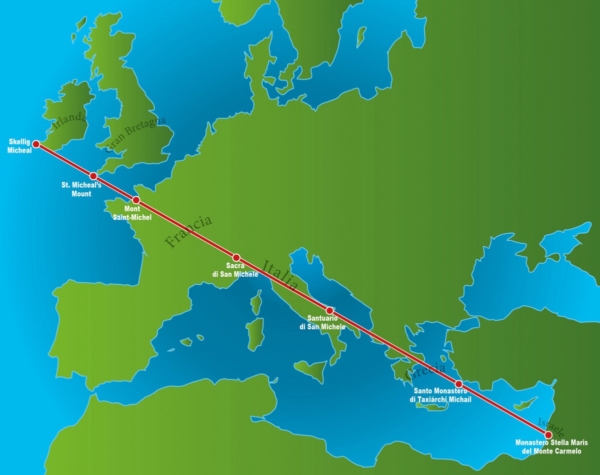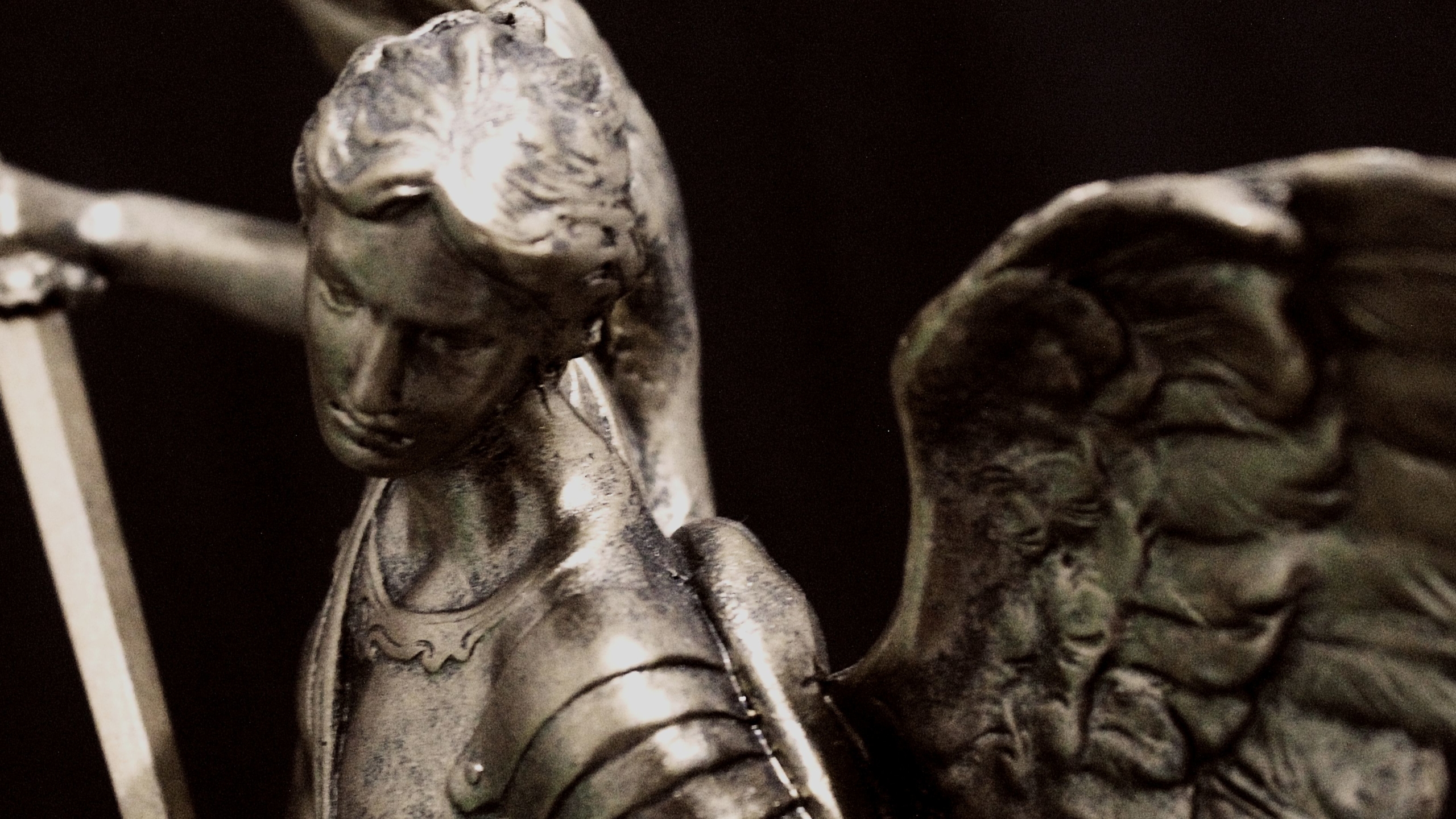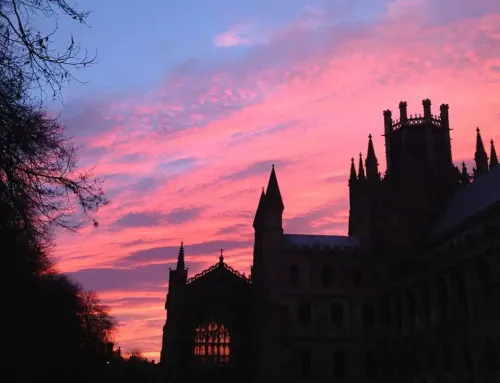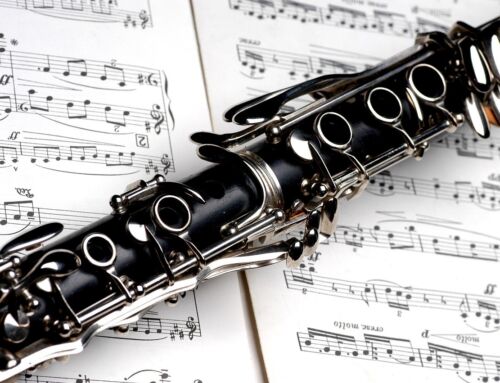[This article is a sequel to the 9/19/21 email newsletter, “See the Unconquered Fortress of a Mighty Archangel”.]
Why does the Church venerate an invisible warrior? Because spiritual warfare is the lot of Christians on this earth. Pure and simple.
The great Archangel, St. Michael, is known as the Prince of the Heavenly Host because of the story in Revelation 12 and various teachings surrounding him that have come down through the Church’s long tradition. He ejected the Evil One and the apostate angels from heaven when they rebelled against God.
This revealed truth about Michael remains a symbol of his role in the life of the Church and in the life of anyone who invokes his intercession. He is the protector of the Holy Catholic Church in a spiritual sense, and he has always been invoked in times of crisis and spiritual need.
St. Michael’s Mystical Sword
 Maybe this is why we can discern a mystical “sword” laying across the entire continent of Europe in the form of seven sanctuaries dedicated to St. Michael. I have no idea who was the first person to “connect the dots” of these sanctuaries, so to speak (see map), but the pattern is incontrovertible. The interpretation of this symbol is undoubtedly mystical and spiritual, fitting an angel.
Maybe this is why we can discern a mystical “sword” laying across the entire continent of Europe in the form of seven sanctuaries dedicated to St. Michael. I have no idea who was the first person to “connect the dots” of these sanctuaries, so to speak (see map), but the pattern is incontrovertible. The interpretation of this symbol is undoubtedly mystical and spiritual, fitting an angel.
If we imagine the hilt of the sword resting on Mount Carmel in modern day Israel, our Lord’s homeland, and the tip of the sword reaching all the way to the far Atlantic Coast of Ireland, we see the supernatural “Sword of St. Michael” lying across Europe. It’s a near straight line [*]with several of the sanctuaries evenly spaced along it.
Make of it what you will, but the line is crystal clear. If this spiritual sword does indeed belong to the greatest of angels, we can assume that, mystically, it has something to do with the preservation and spread of the ancient faith. Numerous of the sanctuaries were at one time places of pagan worship and one author notes that the line follows the exact trajectory of the sun during the Summer Solstice, an astrological phenomenon that was central to pagan worship.
As you look at the map below, note that the cut of the sword encompasses all areas that have been significant in the life of the Church: from the birthplace of the Church in the Holy Land; to the areas where the Church flourished in its infancy and the scenes of doctrinal disputes in the early centuries (the Greek and Roman empires); to the places of Christian battle in Europe and Asia (particularly the Crusades and other battlefields against Islam).
Spiritual War
It became clear to me in my study, a few of the sanctuaries (particularly those in England and Ireland) have been the objects of an ongoing warfare. They are no longer functioning monasteries or centers of pilgrimage due to the divisions in the Church and the viciousness of men. We must pray for their restoration.
We must also pray that this sword will protect the ancient Christian heritage of the Middle East and Europe from all forces that wish to destroy it, whether radical Islam or the radical secularism and militant atheism that is sweeping Europe now.
The Prince of the Heavenly Host will respond to all assaults by the servants of Satan against God and His Church in the way he has done from the beginning of time – with a mystical sword and his booming battle cry, “Who is like unto God?”
The Seven Sanctuaries of the Sword
1 – Israel – Haifa, Mount Carmel, Stella Maris Monastery
- A Ukrainian legend says that it was on top of Mount Carmel that St. Michael gave thunder to the Prophet Elijah to fight the prophets of Baal
- This is not a direct connection to an apparition of St. Michael, but an association of St. Michael with Elijah in the conquest of paganism (see 1 Kings 18), a key connection with numerous other shrines in the sword
- Elijah is often pictured as the Old Testament saint who wields a sword.
Greece – Symi, Taxiarchis Monastery – 2
- This current Greek Orthodox monastery has its origins in a 6th century shrine built to house an icon of St. Michael the Archangel which was considered miraculous (this was before the east-west schism in Christianity)
- The icon’s designation for Michael is “Taxiarchis” which means a commander of the heavenly host or Archangel
- It is said that the icon appeared miraculously on that spot and also returned there miraculously whenever it was removed. It is believed that the spot was once a pagan temple.
3 – Italy – Gargano, Monte Sant’Angelo
- Monte Gargano is reputed to be the place where St. Michael appeared to a bishop in or around the year 490 AD; these are the first known direct apparitions of St. Michael in Europe
- Michael ordered the bishop to build a sanctuary of devotion to the archangel in a cave there and promised protection of the local Christian communities from pagan invaders
- Shortly after that, Pope Gelasius directed that a basilica be erected in honor of the apparitions of Michael, and the site was a popular stopping off point in the Middle Ages for those going on pilgrimage to the Holy Land.
Italy – Piedmont, Sacra di San Michele – 4
- A Benedictine abbey named after St. Michael was built on top of Mount Pirichiano in the 10th century; the location was based on a legend that St. Michael had appeared to a hermit there and ordered him to build a church
- Because of its breathtaking beauty and holiness, this sanctuary was the place that inspired the famous Italian writer, Umberto Eco to write his novel, The Name of the Rose
- Members of the royal House of Savoy are buried in the basilica church.
5 – France – Normandy, Mont Saint-Michel
- An ancient legend states that St. Michael appeared to Bishop Aubert of Avranches in 708 AD and told him to build a church on a rocky island known as Mount Tombe that had previously been dedicated to pagan worship
- Michael the Archangel has been a principle patron saint of France since that time, and the French have invoked his protection against invaders such as the Vikings and later the English during the Hundred Years’ War
- Mont Saint-Michel was a popular place of pilgrimage in the Middle Ages and has housed various communities of monks since the time of Bishop Aubert.
England – Cornwall, St. Michael’s Mount – 6
- A legend has it that St. Michael saved a group of fishermen caught in a storm in 495 AD by bringing them to the island, and they in turn dedicated it to him in thanksgiving;
- In 1066, Edward the Confessor put the island under the authority of Mont Saint-Michel, to which it bears some resemblance in both its conical shape and tidal phenomena
- In 1539 the monastery fell victim to the radicals of the Reformation who stole the island from the Catholic Church and essentially decommissioned it as a religious site; since 1659 it has been owned by a private family.
7 – Ireland – County Kerry, Skellig Michael
- Skellig (“Shard of Rock”) Michael is connected to the legend of St. Patrick driving out snakes from Ireland as a sort of exorcism, reminiscent of St. Michael’s exorcism of heaven
- The sharp rock jutting 700 feet out of the Atlantic was consecrated to St. Michael in the tenth century but was inhabited by hermits and monastic communities long before that; the remains of an ancient monastery are evident today
- Like the English shrine, Skellig Michael was taken over and secularized by radicals during the Protestant upheaval and today is privately owned; almost as a symbol of its secularization, it has been the site of three Star Wars movies.

Soul Work
If you do not already know the Prayer to St. Michael the Archangel, try to learn it as a source of spiritual strength. If you already know it, say it daily so that you can nurture a devotion to the greatest of angels, who has the entire heavenly host at his disposal to do the work of God.
Don’t forget to ask Michael’s intercession not only for spiritual protection but also for the evangelization of souls who may not know Christ and who would benefit greatly from a dose of angelic holiness.
Saint Michael the Archangel,
defend us in battle,
be our protection against the wickedness and snares of the devil;
may God rebuke him, we humbly pray;
and do thou, O Prince of the heavenly host,
by the power of God, cast into hell
Satan and all the evil spirits
who prowl through the world seeking the ruin of souls. Amen.
*Many thanks to commenter Dave below who noted that when seen from satellite, the line is not exactly “perfectly straight.” I’m reminded of the proverb that “God writes straight with crooked lines.” It’s close, though! We agree that the lining up of these sanctuaries is, nonetheless, an impressive coincidence.




incredibly beautiful.
Thank you for reading, Ilonka! I forgot to mention that St. Michael’s feast day is on September 29th. Al the best, Peter D.
https://stanwilliams.com/angelquest/
Looks like an awesome project! I’ll help get the word out, Dr. Williams. Thanks for letting me know.
Yes there is a rather loose alignment but are they in a “perfectly straight line?” No, they are not. If you draw a line on Google Earth from Skellig Michael to the Mount Carmel Monastery in Haifa, Israel you will get a line that does not dissect any of the other five locations. In two cases the line is nearly 170 miles from the nearest location. In another, 100 miles and the other two, 58 and 79 miles. Having said that though, connecting each location in succession produces a seemingly straight line (more like an arc) when viewing it on a large scale. I think it is still miraculous but it should not be described as a “perfectly straight line.”
Thanks for the feedback, Dave. I’ll revise this. It’s a striking image to think that St. Michael put his sword across Europe, but some parts of it are not as neat as we’d like, obviously, such as the fact that the shrine in Haifa is not specifically dedicated to St. Michael as the others are. God rarely conforms to our expectations – sometimes we can only see the “outlines” of the plan. All the best. PD